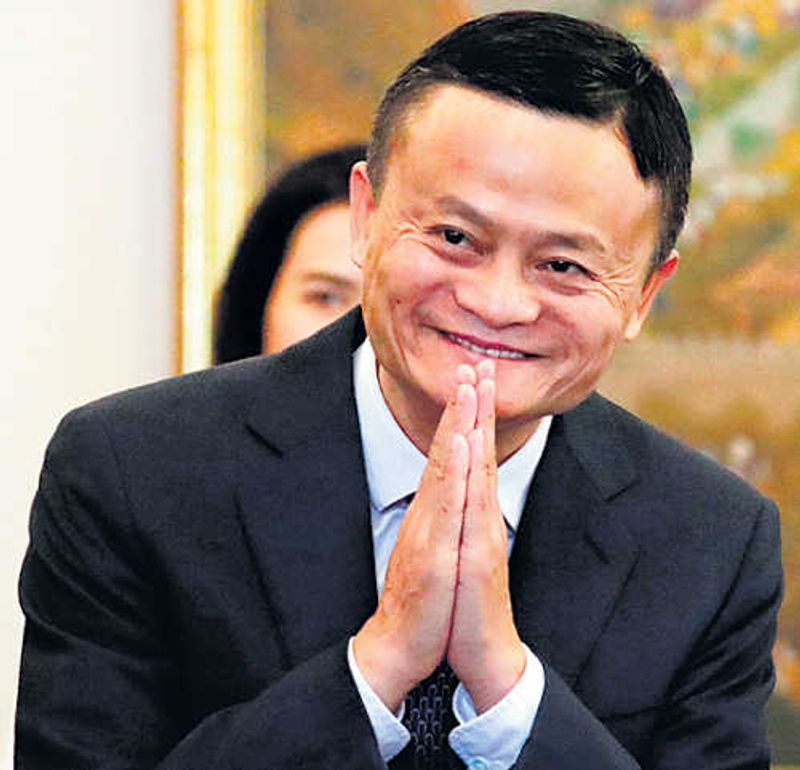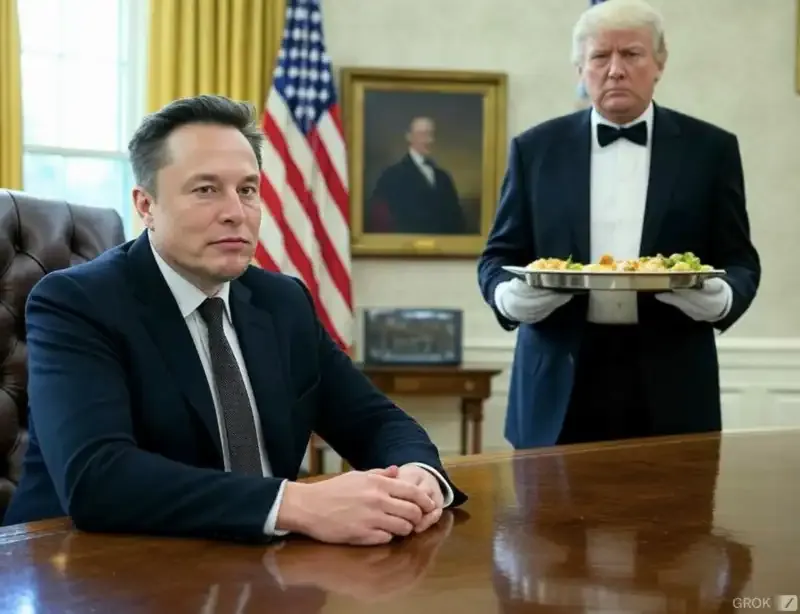What China Got Right About Big Tech: Lessons in Innovation and Strategic Governance

In recent years, China’s approach to regulating its technology sector has been a subject of global debate. The article “What China Got Right About Big Tech,” published by Foreign Policy on January 24, 2025, delves into the Chinese government’s unique strategies, shedding light on the nuances of tech regulation, including a fascinating interplay between political leadership under Xi Jinping and U.S. policies during Donald Trump’s presidency.
The Trump-Xi Dynamic: A Crucial Turning Point
One of the article’s key revelations is how the policies of Donald Trump inadvertently strengthened China’s resolve to bolster its domestic tech industry. Under Trump’s administration, measures like restricting U.S. chip exports and imposing tariffs on Chinese goods were intended to curb China’s technological growth. However, these actions led to a pivot in Chinese strategy.
Xi Jinping’s government responded by intensifying its focus on self-reliance. Investments in indigenous technology development surged, fostering innovation in critical sectors like artificial intelligence and semiconductor manufacturing. This counterstrategy not only reduced China’s dependence on U.S. technology but also solidified its position as a global tech powerhouse.
Regulatory Oversight: A Strategic Balance
Under Xi, China’s government implemented robust regulatory frameworks to control the expansion of tech giants while ensuring alignment with national priorities. For example:
•Antitrust Measures: Companies like Alibaba and Tencent were reined in to prevent monopolistic behavior.
•Algorithm Regulation: Draft rules required algorithms to promote positive societal values, aligning with the Communist Party’s vision.
•Data Sovereignty: New laws emphasized data security and limited cross-border data flows, ensuring national control over critical information.
These policies, though controversial, reinforced the idea that technology should serve not just shareholders but also societal and national interests.
The Broader Implications

The Trump-Xi dynamic highlights an unintended consequence of U.S. policy: by challenging China, the U.S. indirectly accelerated its competitor’s technological advancement. While some in the West critique China’s regulatory model as overly centralized, others view it as a pragmatic approach to managing the risks and opportunities presented by rapid technological growth.
Takeaways for Global Governance
China’s experience offers key lessons for global tech governance:
1.Strategic Resilience: External pressures, like trade wars, can be catalysts for innovation and self-reliance.
2.Balanced Regulation: Governments must balance fostering innovation with societal and national security concerns.
3.Long-Term Vision: Policies should align with broader goals of sustainability, equality, and public good.
Share Your Thoughts
How do you perceive the interplay between Trump’s policies and Xi’s strategic response? Does China’s regulatory approach inspire or caution global policymakers? Share your views and join the conversation on this fascinating topic.
Note: This blog post is inspired by the article “What China Got Right About Big Tech” from Foreign Policy, published on January 24, 2025.


